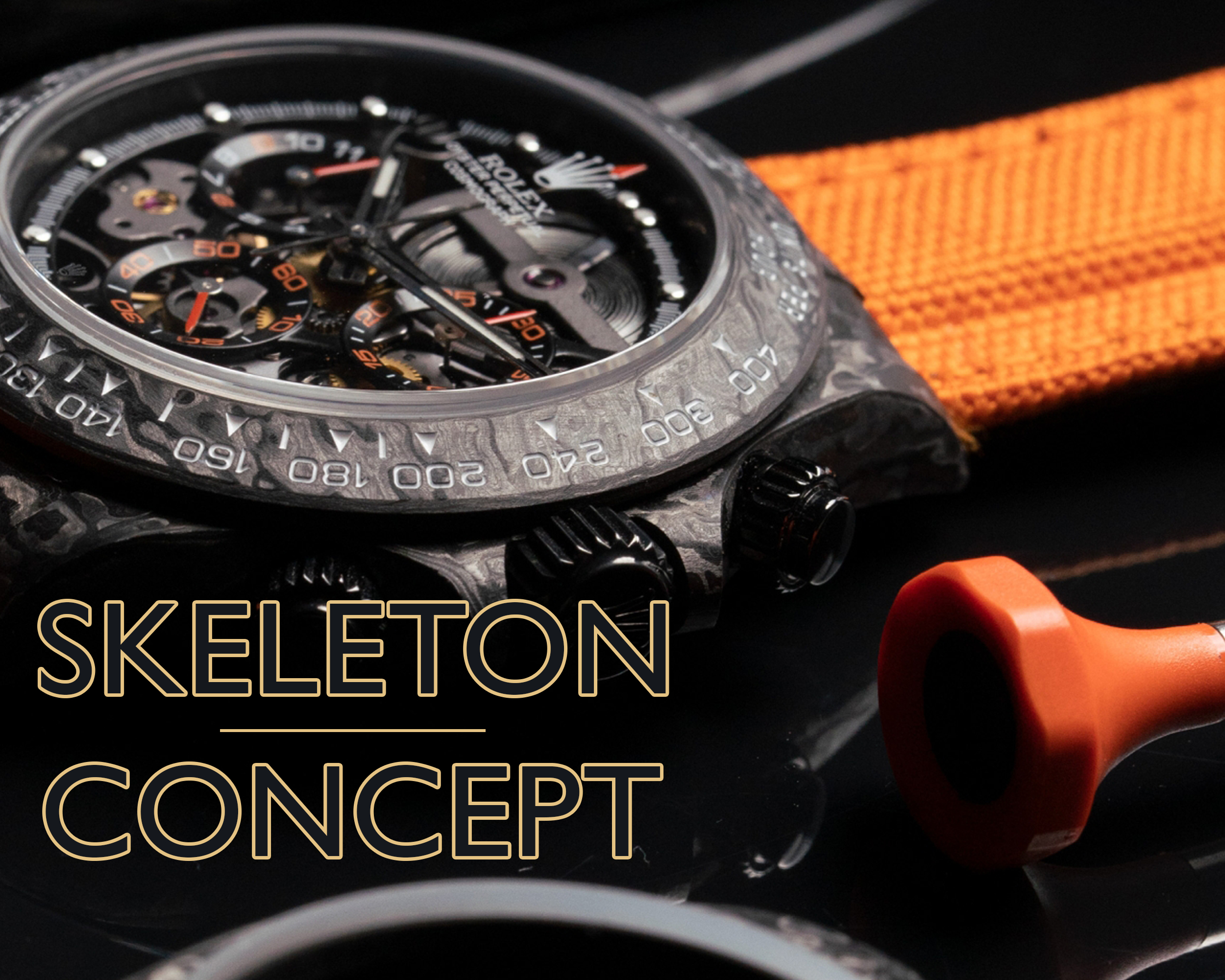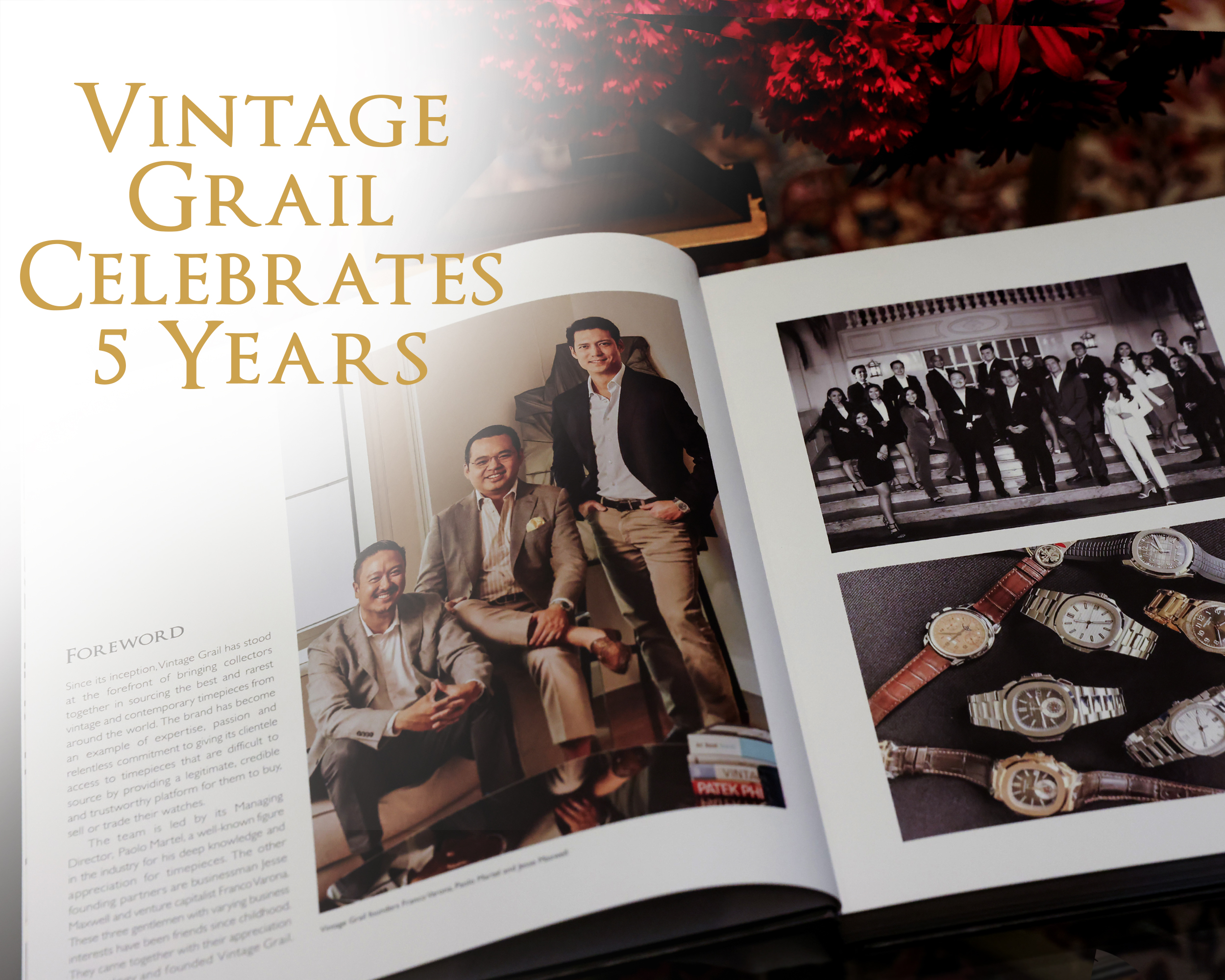Breguet’s Final Masterpiece
By:Matthew Lopez | Posted: October 19, 2022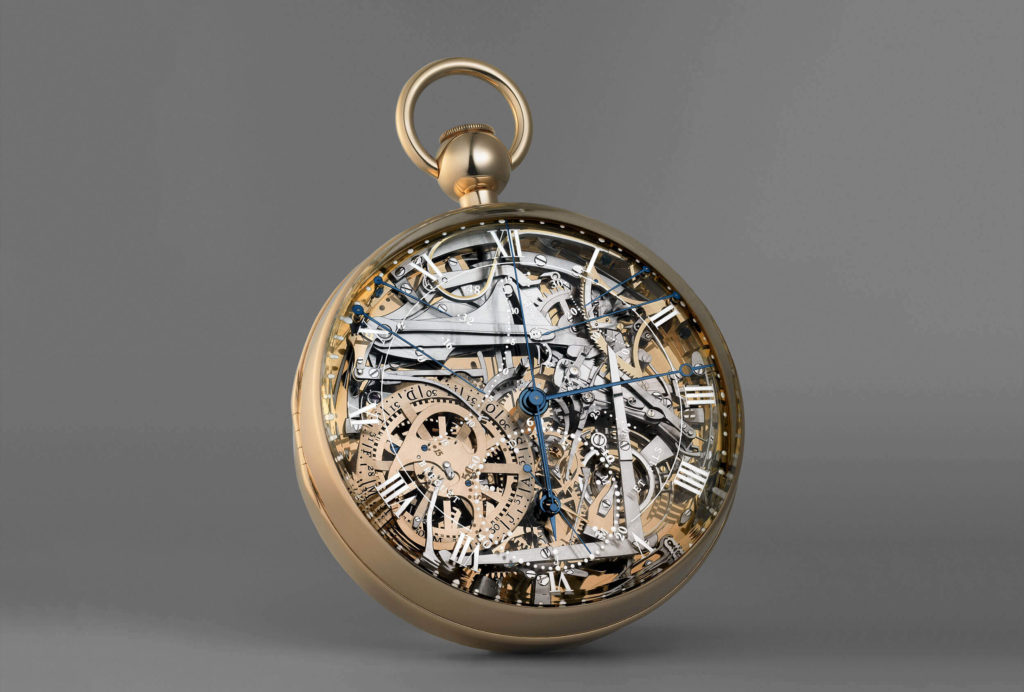
(© Montres Breguet S.A.)
Breguet is a name that is synonymous with high-end watchmaking. Established in 1775, it is one of the oldest watchmaking manufactures in Switzerland. Its founder Abraham-Louis Breguet is best known for his innovative watch escapement mechanisms, such as the tourbillon and the perpetual calendar. Throughout the centuries, the brand has produced watches for numerous patrons, including European royalties, Middle Eastern sultans, writers, composers, and world leaders. The Marie Antoinette pocket watch was his masterpiece for the tragic French monarch who did not live to see its completion. It was considered Breguet’s final masterpiece and is a watch that is shrouded in mystery. This is the forgotten story of how the Marie Antoinette pocket watch transformed from a simple commission into one of the most famous timepieces in the world.
The Creation of the Marie Antoinette Pocket Watch
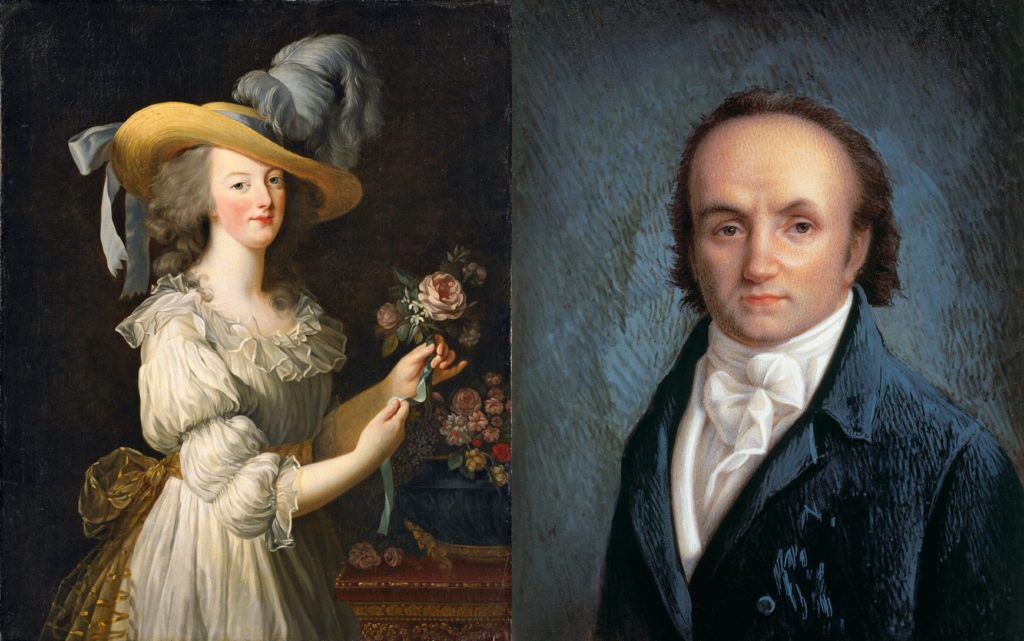
Queen Marie Antoinette of France (left) and Abraham-Louis Breguet (right)
(Wikimedia Commons)
In 1783, an anonymous client commissioned the Swiss watchmaker Breguet to produce the most complicated pocket watch that would be given to Queen Marie Antionette of France to be given as a gift without any expense to its costs. In their joint research work, The Art of Time: The Sir David Salomons Collection of Watches and Clocks, George Daniels and Ohannes Markarian stated it was an officer who served as part of the regiment that guarded the Queen’s residences in Versailles. The gold-encased pocket watch was composed of 823 components and contained every single complication invented during that time, including the perpetual calendar and minute repeater. It even featured a thermometer that could adjust to varying weather conditions. Even by the standards of the time, it was an astronomically expensive timepiece to produce, given that factory costs alone amounted to 30,000 francs (US$243,350 at today’s rates).
Historian and great-grand descendant of the watchmaker Emmanuel Breguet states in the official biography of the brand that the Marie Antoinette pocket watch, formally known as “Breguet No. 160,” was eventually completed by Breguet’s son, Louis-Antoine in 1827 and remained in possession of the watchmaker’s own family for the next sixty years. It took Breguet and his watchmakers almost forty-five years to complete the project. Its recipient, the deposed French queen, was executed during the French Revolution. Breguet himself fled into exile to Switzerland and later to England to avoid persecution for his relations with the fallen French royal court. Sadly, upon his death in 1823, he did not even live to see his masterpiece’s completion.
The Long Journey of the Marie Antoinette
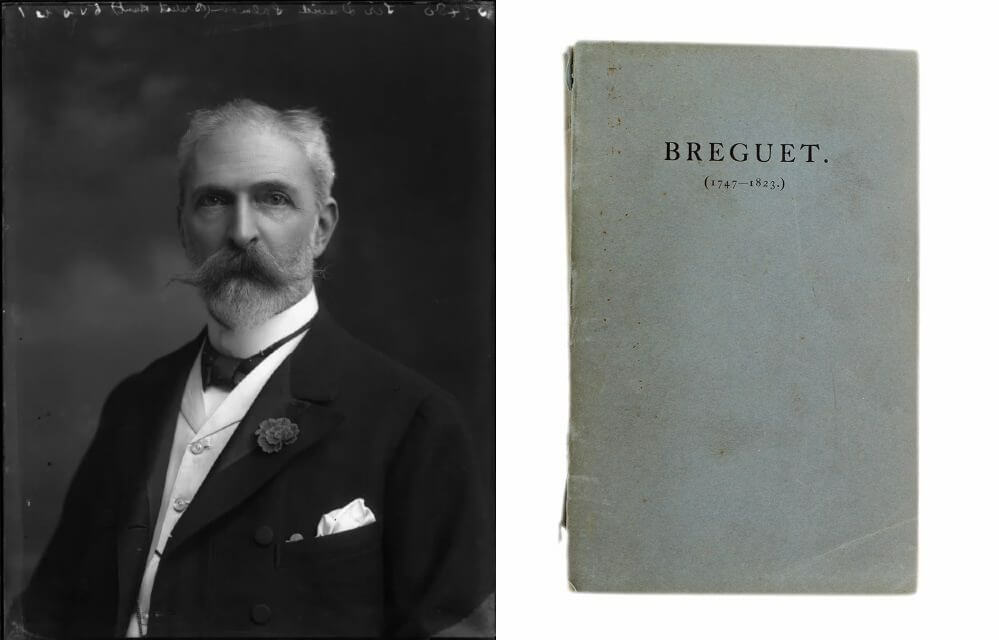
Sir David Lionel Salomons (left) and his definitive publication on Breguet’s work from 1921 (right). (© National Portrait Gallery & © The Museum of Islamic Art, Israel.)
When it was completed in 1827, the Marie Antoinette pocket watch began a new journey as it was passed through collectors. Throughout this time, the watch became well-known and increasingly valuable due in part to its association with the doomed queen. According to Daniels and Markanian, the Australian flour magnate and collector Sir Spencer Brunton purchased the pocket watch from the widow of Breguet’s great descendant Louis-Clement Breguet. The latter was the last family member to run the business in 1887.
From there, it subsequently passed through the hands of the noted Dutch art collector and dealer Murray Marks who received the watch upon the sale of Brunton’s collection. In 1896, Marks would offer his entire collection of Breguet watches and clocks at Christie’s. It was purchased by Sir David Lionel Salomons, the transport tycoon and a world-recognized authority on Breguet’s timepieces. He bought the Marie Antoinette pocket watch and incorporated it as one of the centerpieces of his extensive watch and clock collection. In 1921, Salomons would later publish Breguet (1745-1823), a landmark publication on the life and works of the Swiss watchmaker.
Upon Salomons’ death in 1925 and after the first World War, the entire watch collection emigrated to Jerusalem with his daughter, Vera. In Israel, she developed a close friendship with Leo Aryeh (L.A.) Mayer who was then a professor at the Hebrew University in Jerusalem and was an authority on Islamic art and architecture. With her vast inheritance, Vera Salomons helped establish the L.A. Mayer Museum of Islamic Art (present-day Museum of Islamic Art) in 1974. Here, she bequeathed her entire collection of Islamic art and her late father’s extensive watch and clock collection, where the Marie Antoinette pocket watch would reside for the next nine years.
Lost and Found
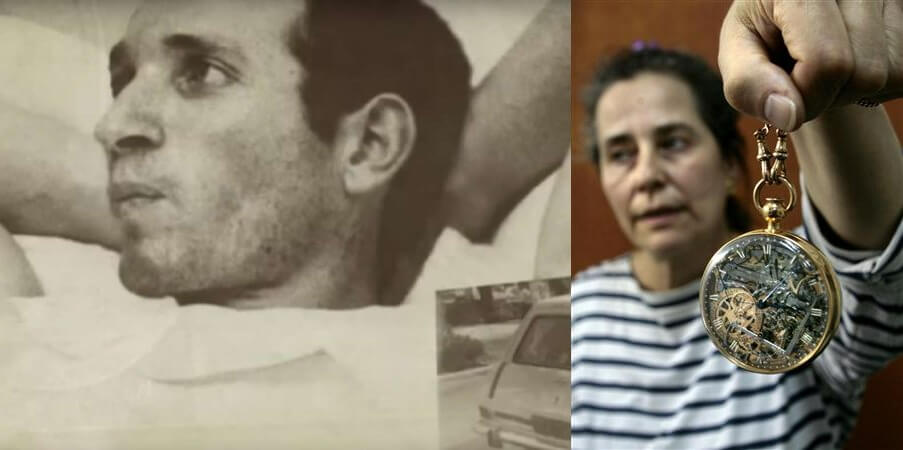
Na’aman Diller (left) stole the Marie Antoinette pocket watch (right) from the Jerusalem-based Museum in 1983. It would remain missing until its subsequent recovery in 2007.
(© BBC News & © The Guardian.)
On the night of the 15th of April 1983, Na’aman Diller, a former air force pilot turned burglar, stole over 106 works of art and the museum’s entire watch and clock collection, including the famed Marie Antoinette pocket watch. At that time, the pocket watch was insured at US$30 million and considered one of the world’s most expensive timepieces.
Over two decades would pass, and all clues would lead to a dead end; however, the legendary timepiece couldn’t escape the fascination of Swatch Group co-founder and chairman Nicholas G. Hayek. In 2004, Hayek challenged the brand to recreate the Marie Antoinette pocket watch based on their archives’ original drawings and notes. Spurred by this, the Israeli police, with its special task force, forged on to recover the missing timepieces and artworks. A glimmer of hope came in the search for the stolen Marie Antoinette pocket watch right before the unveiling of the recreated timepiece in 2008.
A Tel Aviv-based antique appraiser was asked to verify a collection of Breguet timepieces offered for sale by a lawyer representing an Israeli widow residing in the United States. Having seen that these were the missing items, the appraiser contacted the Museum of Islamic Art. Further investigations by the Israeli police revealed that Nili Shamrat, the wife of the robber Diller, inherited the cache of stolen watches from her husband. Succeeding raids by police and INTERPOL on safety deposit boxes held by the couple in the United States and Europe led to the recovery of the Marie Antoinette pocket watch and 96 of the stolen works. At long last, in December of 2007, Breguet’s masterpiece was recovered and had indeed returned home.
The Legacy of Breguet’s Final Masterpiece
The story of Marie Antoinette pocket watch is almost as fascinating as the watch itself. Taking all the complications of the time and combining them into a single watch was the kind of challenge Breguet constantly desired to prove—an appreciation for the craft of watchmaking that equates to a continued drive to innovate these mechanical masterpieces. This tenacious trait has been carried forward by the current owners of the brand, who constantly strive to remain relevant in today’s technologically driven world. Thus, it has created timeless works in every sense of the word.
Interested in Breguet timepieces in our shop? Visit the www.vintagegrail.com to know more. For more information, contact us at [email protected] or contact us at (+63) 917 159 1211.




